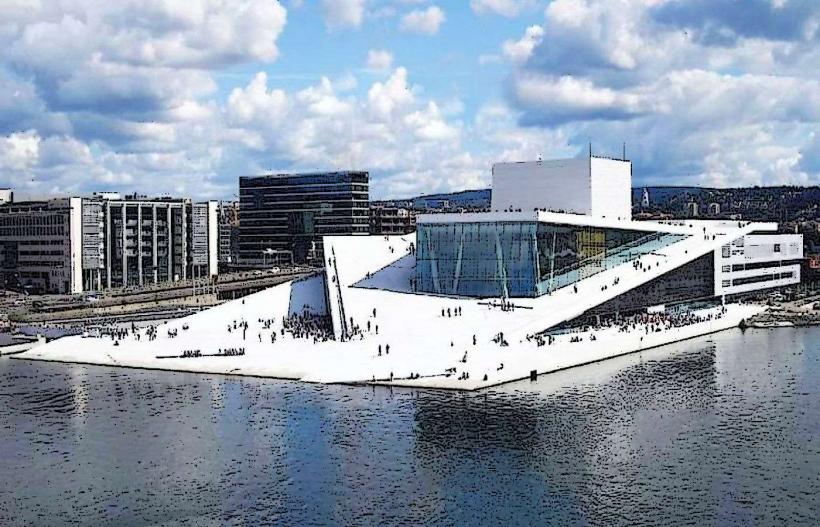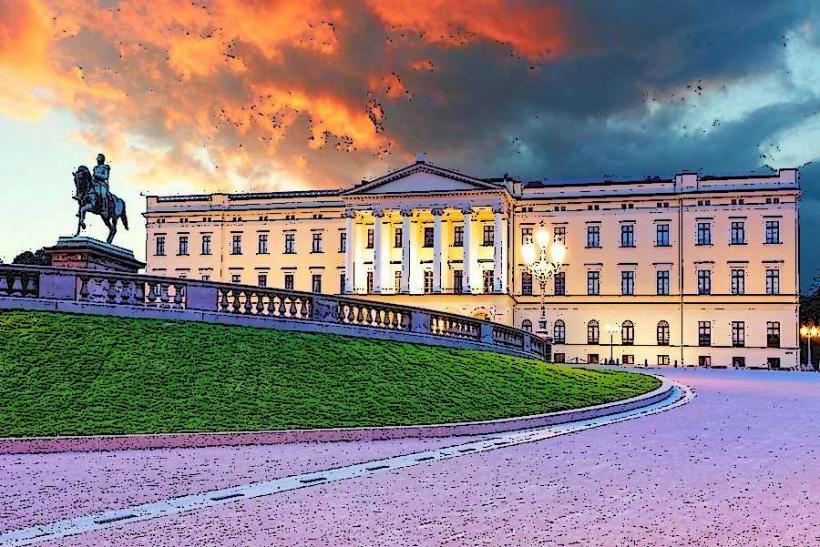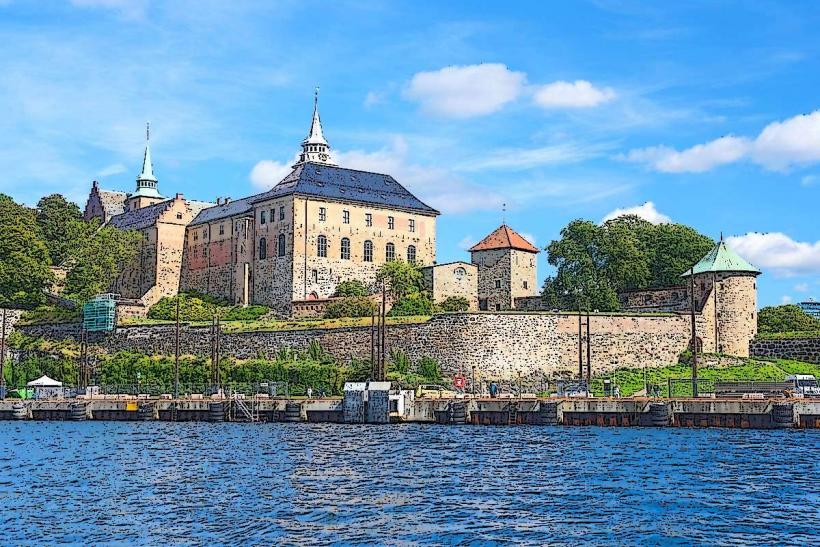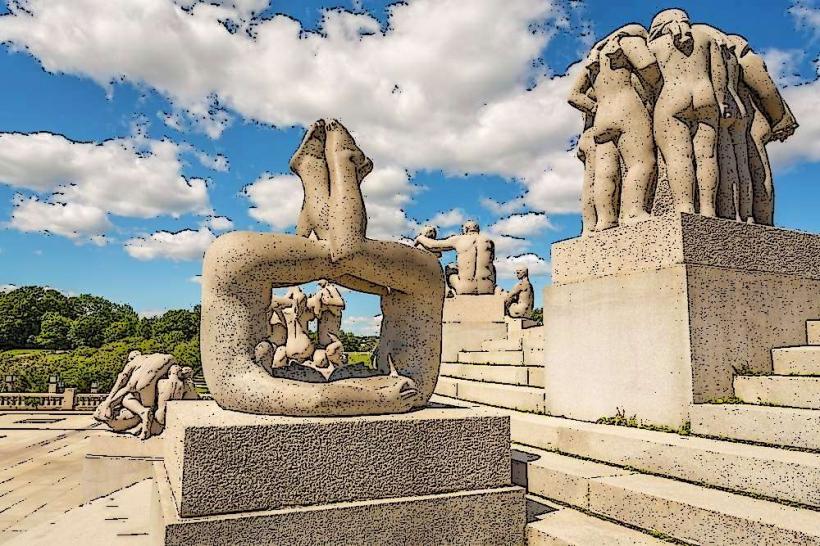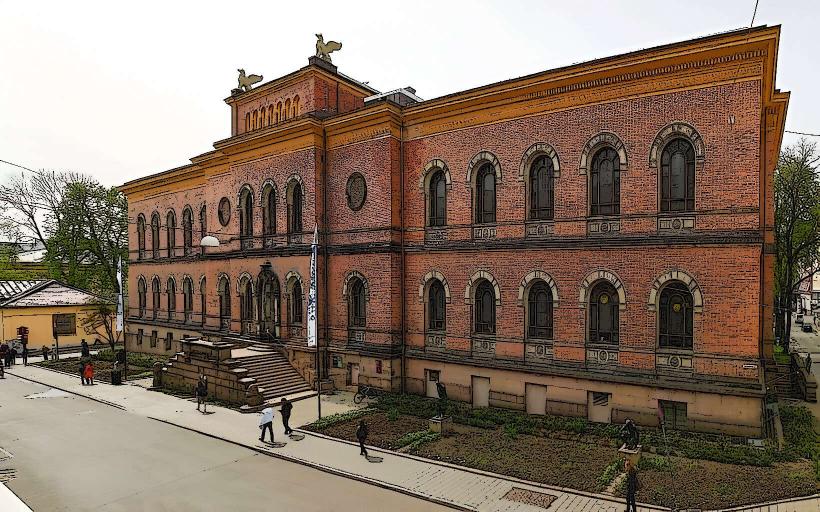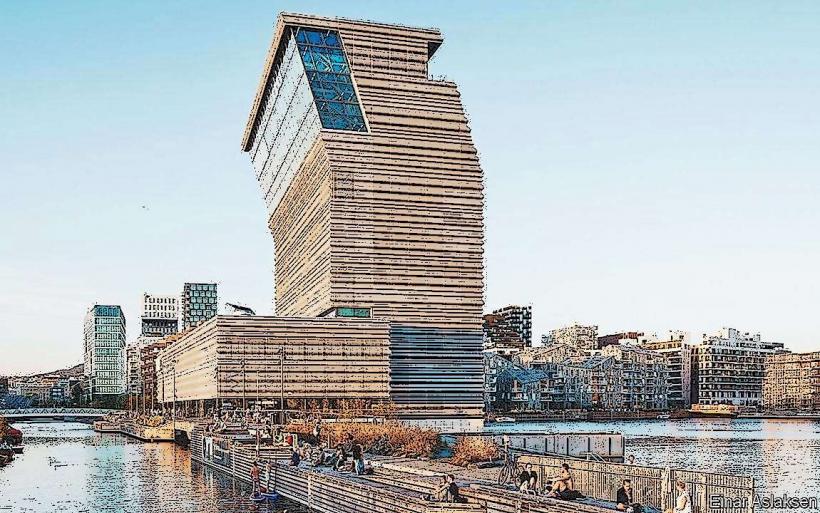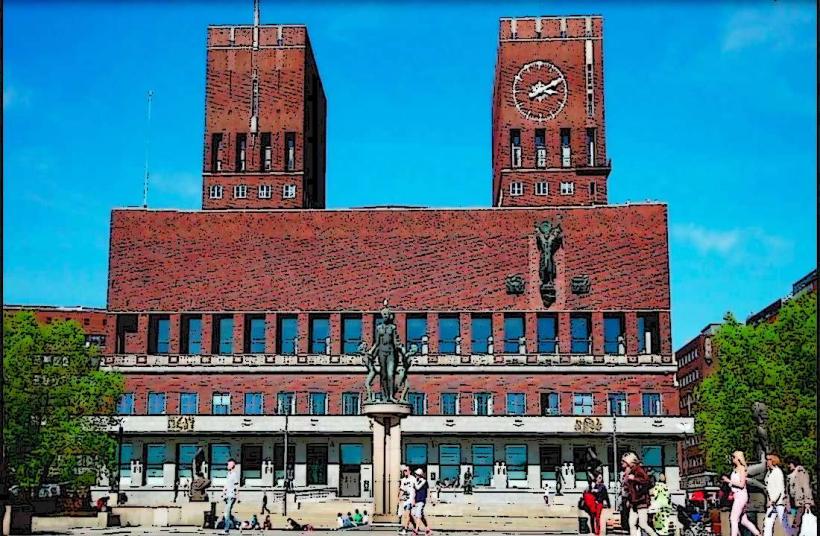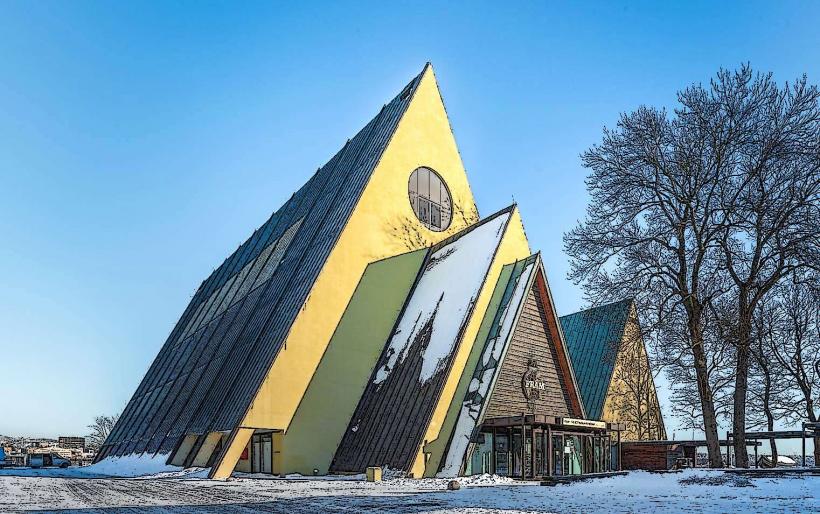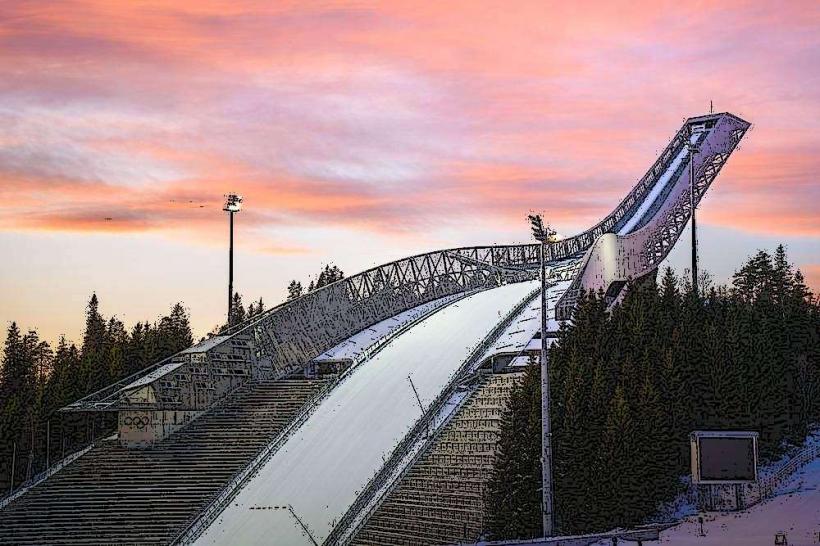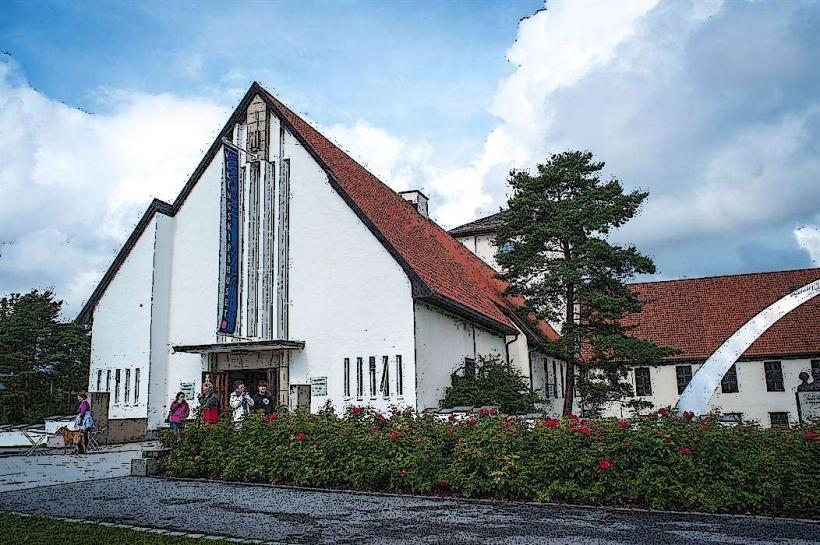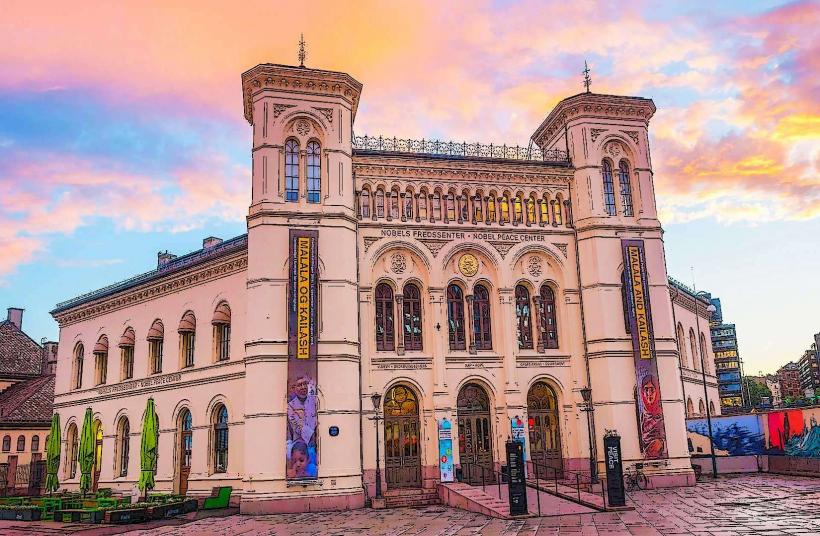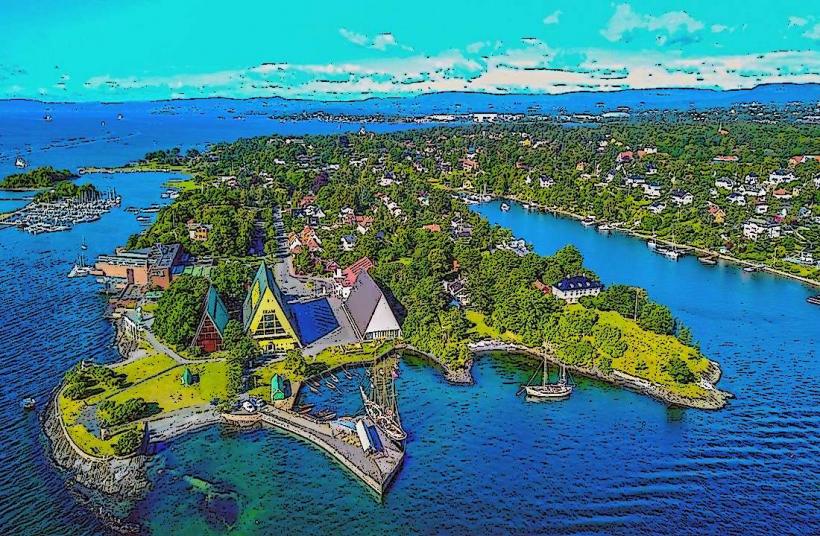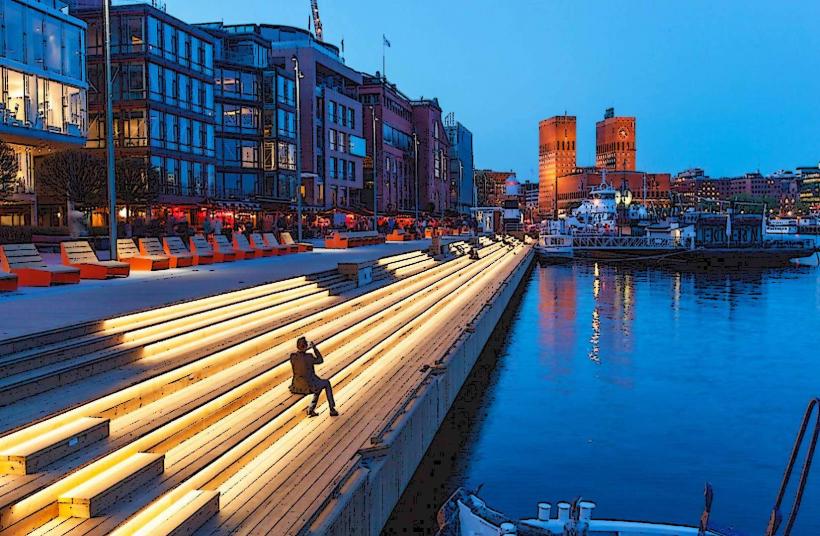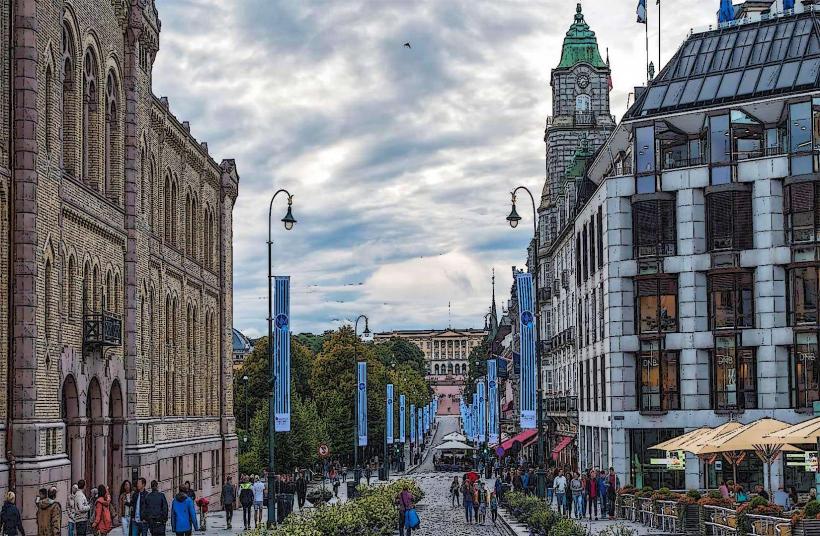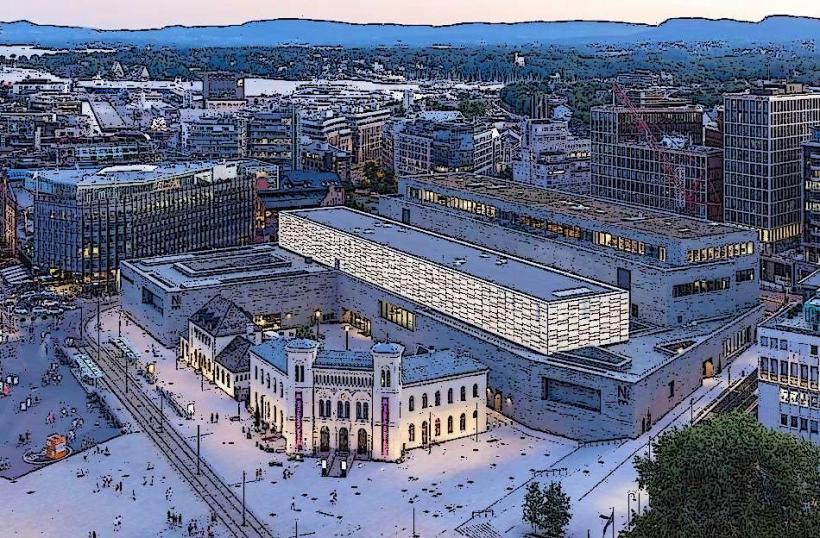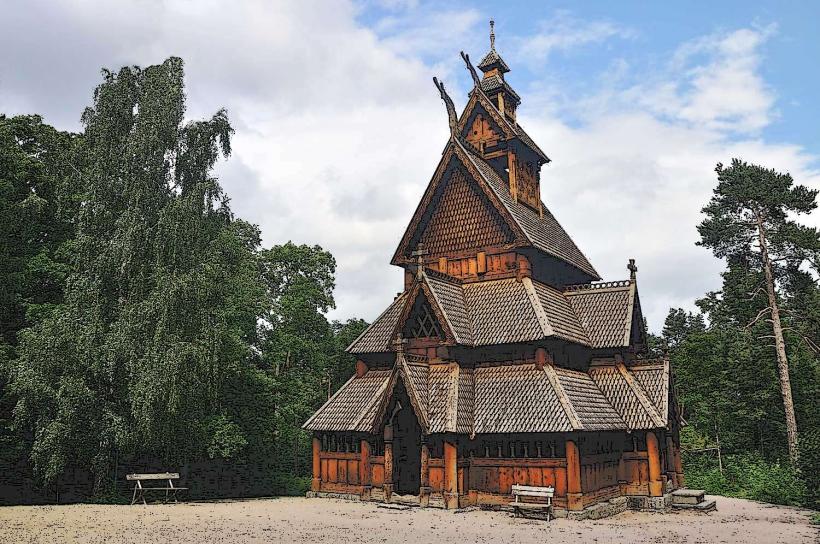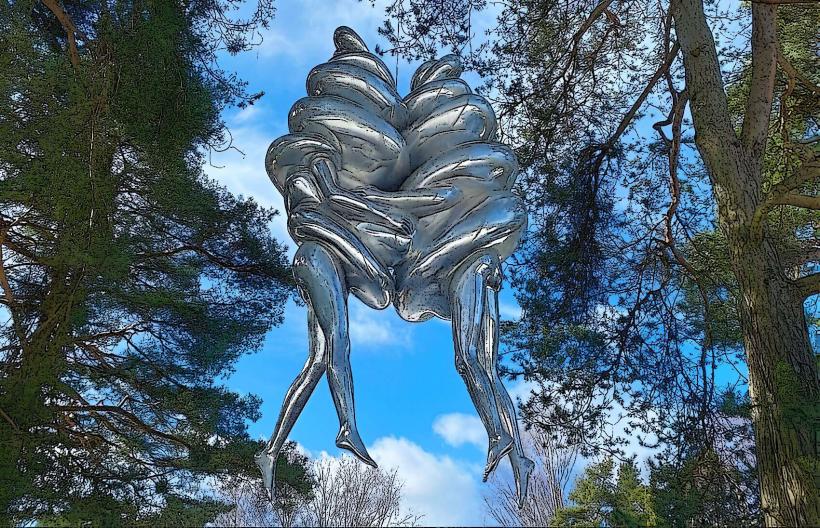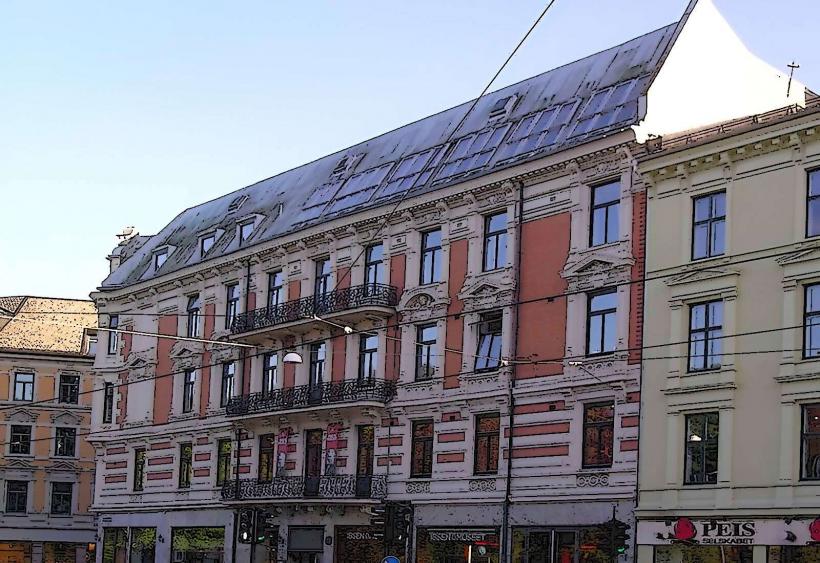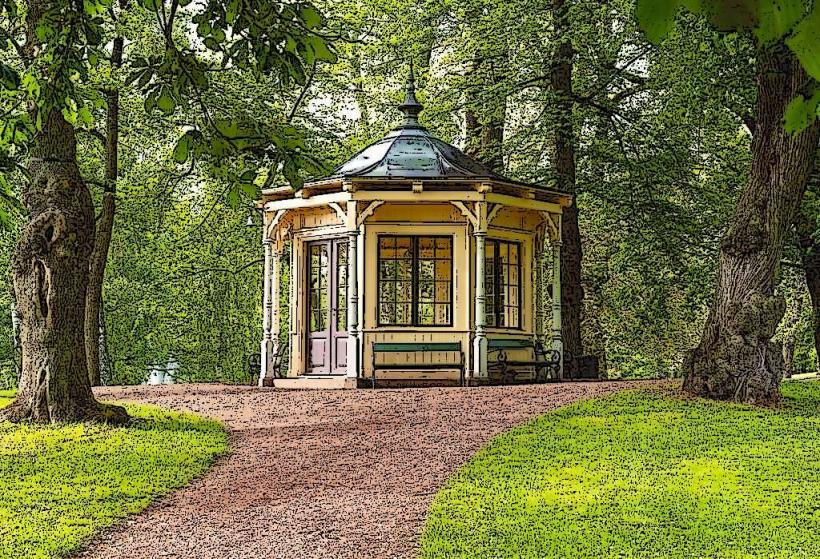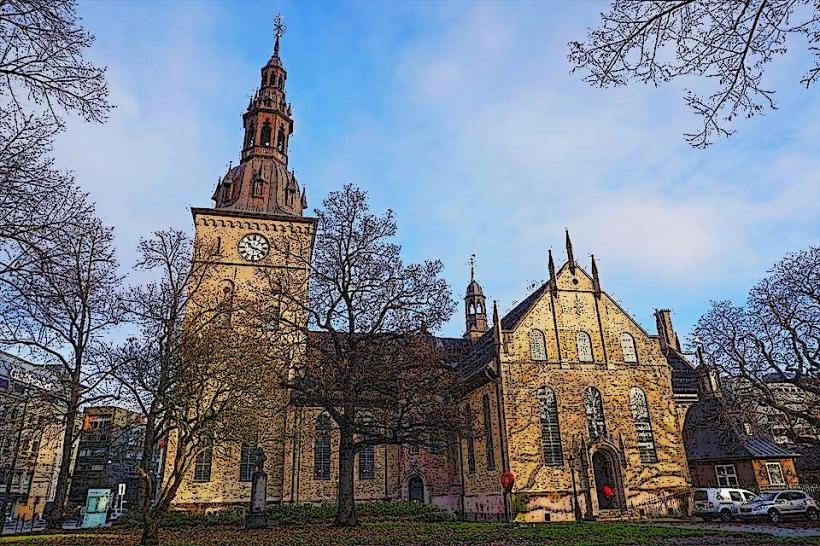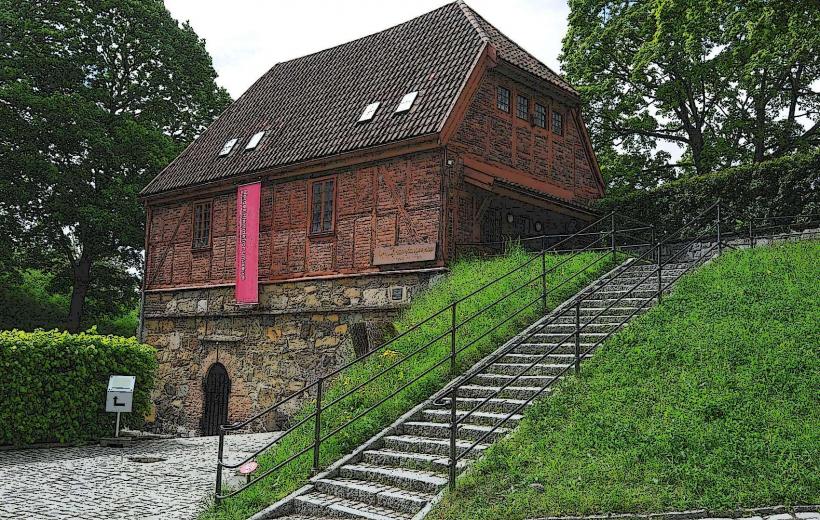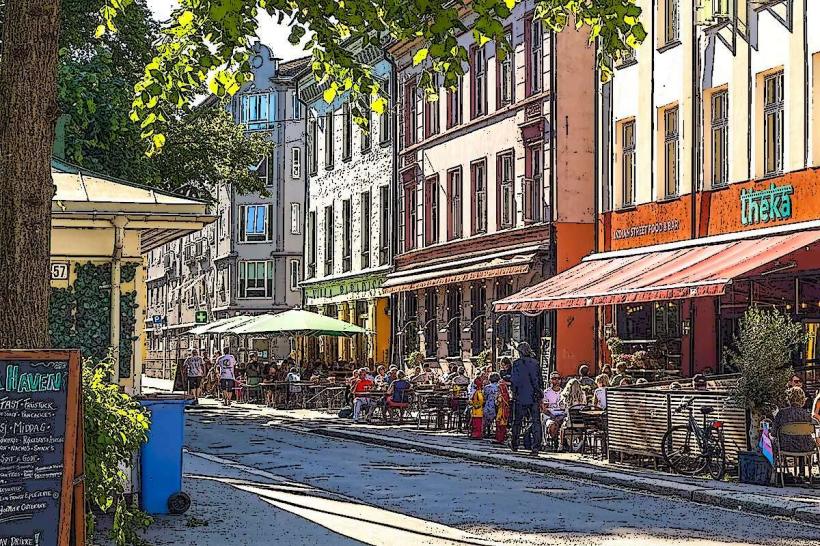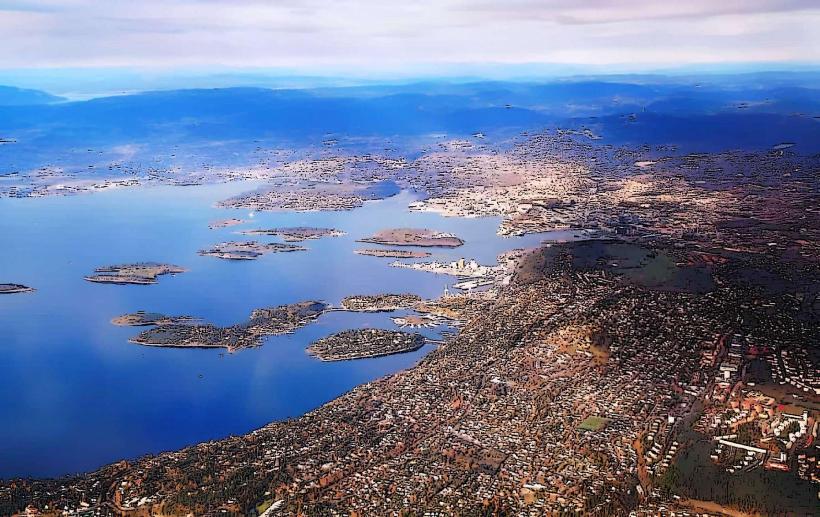Information
Landmark: Norwegian Museum of Cultural HistoryCity: Oslo
Country: Norway
Continent: Europe
Norwegian Museum of Cultural History, Oslo, Norway, Europe
Overview
The Norwegian Museum of Cultural History, or Norsk Folkemuseum, ranks among Norway’s largest and most significant open-air museums, with wooden farmhouses and cobblestone paths that feel like stepping back in time, moreover on Oslo’s Bygdøy Peninsula, the museum draws you in with the scent of pine and the sound of wooden floors, bringing Norwegian history, culture, and folk traditions vividly to life.The museum sprawls across a wide complex, tracing Norwegian life from quiet farmsteads to bustling city streets, and capturing the unique traditions of each region, from painted wooden boats to intricate folk costumes, in addition founded in 1894, the museum has grown over the years into one of Europe’s largest folk museums, its halls filled with worn wooden tools and hand-stitched costumes.It was first built to showcase and protect Norwegian folk culture, traditions, and artifacts, and it sits on the scenic Bygdøy Peninsula, where the salty breeze drifts in from the Oslofjord, on top of that the museum houses thousands of artifacts, some from the Viking era, and features reconstructed wooden farmsteads that let you step back into Norway’s past; among its highlights is the open-air museum, a centerpiece of the Norwegian Museum of Cultural History.You’ll find over 150 historic buildings here, each brought in from a different corner of Norway, from weathered log houses to elegant 19th‑century townhomes, showcasing centuries of changing styles, at the same time visitors can wander through historic farmhouses with weathered timber, quaint churches, cottages, and even full village scenes, each one carefully relocated and rebuilt on the museum’s grounds, mildly You know, The buildings are grouped into themed sections that reflect Norway’s diverse regions, highlighting the unique architecture and rhythms of rural life in each, as a result among the museum’s highlights are its Stave Churches, rustic farmhouses, and traditional Sami buildings.One standout is the Stave Church from Gol, a gloomy, tar-scented wooden masterpiece first built in the 13th century, while this medieval wooden church showcases the beauty of traditional Norwegian design, with hand-carved details so fine you can trace every curling line in the wood.Visitors get a vivid peek at the country’s medieval Christian heritage-an illuminated manuscript here, a worn stone carving there-and it remains one of the museum’s star draws, while the Urban Life Exhibition dives into how Norway grew and changed through urbanization and industry, after that step inside and trace Norway’s urban story, from cobblestone streets of the 1800s to today’s bustling Oslo, through exhibits on daily life, skilled crafts, and the sweeping social changes of a growing city, sort of There’s also a section honoring the Sami, Norway’s indigenous people, also the exhibits feature traditional Sami clothing stitched in vivid wool, hand-carved tools, and intricate crafts, alongside displays that tell the story of their nomadic life and deep connection to the land.Honestly, Visitors can step into Sami history and culture, learning how closely their lives are tied to reindeer herding, meanwhile inside, the museum displays rows of colorful bunads-the Norwegian national costume-alongside intricate wood carvings, handwoven blankets, and richly textured textiles.These items reveal the skill and care handed down through generations in rural Norwegian villages, as well as folk music drifts from classical fiddles, and dancers’ boots tap the floor-traditions the museum brings to life through vivid exhibits and lively performances.Visitors can discover how traditional instruments, like the Hardanger fiddle with its radiant, resonant strings, have shaped the rhythms, dances, and festivals of Norwegian folk culture, and they can wander through temporary exhibitions that spotlight different chapters of the nation’s cultural history, as well as the exhibitions explore slices of Norwegian life-sharing the taste of fresh-baked flatbrød, glimpses of daily work, festive holidays, and the evolution of modern identity.Families and kids can dive into interactive activities, from weaving cloth to trying antique-fashioned tools, alternatively visitors can roll dough in a traditional cooking demo, weave at a craft table, or listen to a fireside story-hands-on moments that draw them into the museum’s world.Much of the space features Norwegian farmhouses with creaking floors and interiors preserved to reflect life in different eras, at the same time visitors can step inside aged farmhouses to glimpse how rural families once lived and worked, running their hands over worn oak tables, iron pots, and weathered plows.The museum also features a Sami camp, where you’ll spot kåtas-cone-shaped tents-and learn how reindeer herding shaped daily life, in turn down by the shore, a fishermen’s cabin tells the story of Norway’s coastal villages and their deep ties to the sea.Interestingly, Step inside the museum for a vivid peek at the rugged yet rewarding life of Norway’s coastal communities, then wander into the folk art gallery, where painted chests, woolen textiles, and hand-carved wooden bowls showcase the skill and imagination of rural artisans, while this art is deeply rooted in the cultural and historical traditions of regions across the country, almost Throughout the year, the museum hosts seasonal events-Christmas markets with the scent of spiced cookies in the air, lively Easter celebrations, and glowing midsummer festivals-where visitors can join in age-antique Norwegian activities, listen to folk music, and browse stalls of handcrafted goods, consequently gift shops offer everything from woven textiles to local history books, while cozy cafés serve open-faced sandwiches and slices of rich, buttery cake.Altogether, the Norwegian Museum of Cultural History delivers a rich, hands-on journey through Norway’s past and traditions, likewise wandering past open-air exhibits, stepping inside weathered wooden farmhouses, and trying your hand at vintage crafts, you get a vivid gaze at the country’s folk traditions, rural life, and indigenous cultures.If you want to grasp Norway’s social, cultural, and historical journey-from its Viking-age roots to life today-the museum is the locale to be, with worn wooden carvings that still smell faintly of pine, likewise sitting on the Bygdøy Peninsula, just a short stroll from the Viking Ship Museum and the Fram Museum, it’s the perfect stop to round out a culture-filled day in Oslo., not entirely
Author: Tourist Landmarks
Date: 2025-09-04

